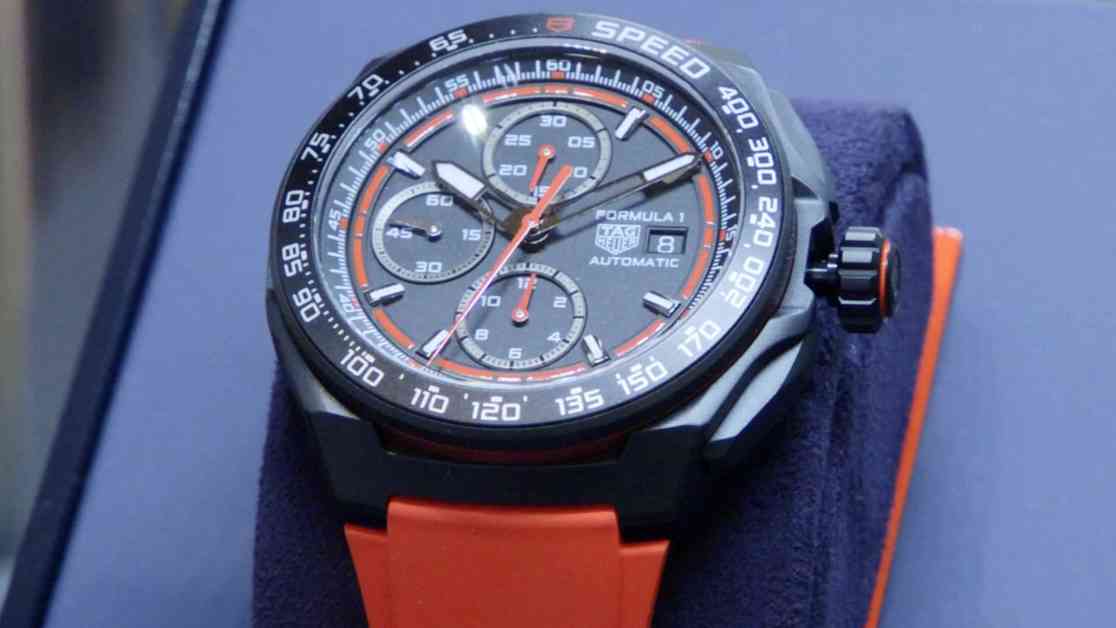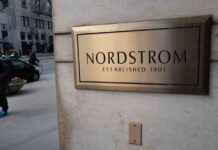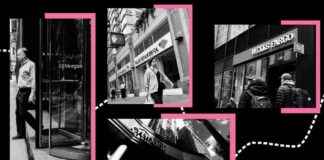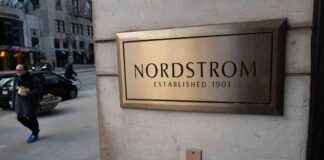A Glimpse into the Future of Luxury Sales at LVMH
In a refreshing turn of events after a period of decline, luxury giant LVMH witnessed a resurgence in sales within its watches and jewelry division, painting a promising picture for the year 2025. The latest quarter saw a 3% increase in sales for this segment, a stark contrast to the previous quarters where numbers were on a downward spiral. This impressive growth outshone the company’s core fashion and leather goods section, which experienced a 1% dip, as well as the wine and spirits category, which saw an 8% decline.
During LVMH Watch Week in New York, the CEOs of various watch and jewelry brands under the conglomerate’s umbrella expressed growing optimism for the future. Although China’s market pace remains sluggish, the CEOs highlighted a resurgence in spending among Americans in both the U.S. and Europe, fueling robust demand for luxury watches and jewelry. Reflecting on the positive trend, Jean-Christophe Babin, CEO of Bulgari, a brand owned by LVMH, shared his pleasant surprise at the promising start to the year.
Anthony Ledru, CEO of Tiffany & Co., another brand acquired by LVMH, echoed similar sentiments, noting a renewed sense of confidence among affluent Americans post the U.S. presidential election. The clarity brought about by the election results seemed to have injected a dose of optimism into the luxury market, paving the way for a brighter outlook. The surge in consumer confidence is paramount for success in the luxury domain, as Ledru emphasized the importance of a “feel-good factor” in driving luxury sales.
Despite the positive outlook, uncertainties loom on the horizon in the form of U.S. tariffs, particularly concerning high-end watches predominantly manufactured in Switzerland and French luxury goods. The threat of across-the-board tariffs by the Trump administration poses a significant unknown for these industries. However, the watch and jewelry sector is forging ahead with the launch of innovative products, banking on a robust 2025 performance.
Louis Vuitton’s watch division recently unveiled its “Tambour Taiko Spin Time” collection, featuring distinctive “jumping cubes” inspired by vintage airport displays. The brand’s Gérald Genta line introduced the exquisite “Gentissima Oursin Fire Opal,” crafted from 137 orange and red opal gems sourced from Mexican volcanoes. Jean Arnault, the director of Louis Vuitton watches, outlined a strategic roadmap to position the brand as a revered watchmaker among top collectors over the decades, emphasizing high complications, craftsmanship, and premium pricing.
TAG Heuer, in a strategic move to partner with Formula 1 as the official timekeeper, has already witnessed a sales uptick following the announcement. The brand’s new Formula 1 collection features vibrant dials and chronograph movements, drawing positive reactions and sales. Antoine Pin, CEO of TAG Heuer, highlighted the instantaneous impact of the F1 collaboration on sales, underscoring the significance of social media in gauging consumer response.
Tiffany’s fourth-quarter results indicated a notable 9% surge in same-store sales, with its flagship “Landmark” store on Fifth Avenue witnessing robust holiday season sales. The store’s recent overhaul, featuring a Blue Box Cafe by Daniel Boulud and a VIP suite offering panoramic views of Central Park, reflects LVMH’s substantial investment in reimagining the retail experience. Tiffany’s shift towards high-end jewelry, iconic collections, and elevated retail environments has elevated its average price point since joining forces with LVMH.
Bulgari, traditionally popular in the Chinese market, anticipates a sales lift during the year of the snake in the Chinese zodiac, coinciding with the Chinese Lunar New Year. The brand’s CEO, Jean-Christophe Babin, expressed cautious optimism amidst China’s challenging economic climate, citing potential government stimulus to bolster consumer confidence. Babin highlighted Bulgari’s “Serpenti Viper” collections as top sellers, resonating with the brand’s iconic legacy.
The growing economic empowerment of women globally has reshaped the luxury landscape, with increased purchasing power among female consumers. Babin acknowledged this shift, noting a move towards gender equality in purchasing patterns, with women now driving significant sales in the luxury market. This evolution underscores a fundamental change in the luxury sector’s consumer demographics, with women emerging as key decision-makers in luxury purchases.
While the specter of tariffs looms, LVMH’s CEOs remain adaptable to evolving policies, emphasizing their global footprint and the fluid nature of luxury consumer behavior. With Americans increasingly traveling to Europe for luxury purchases, the impact of potential tariffs on U.S. sales remains a dynamic aspect to monitor. The interconnectedness of global luxury markets underscores the resilience and adaptability of luxury brands in navigating economic uncertainties.



















